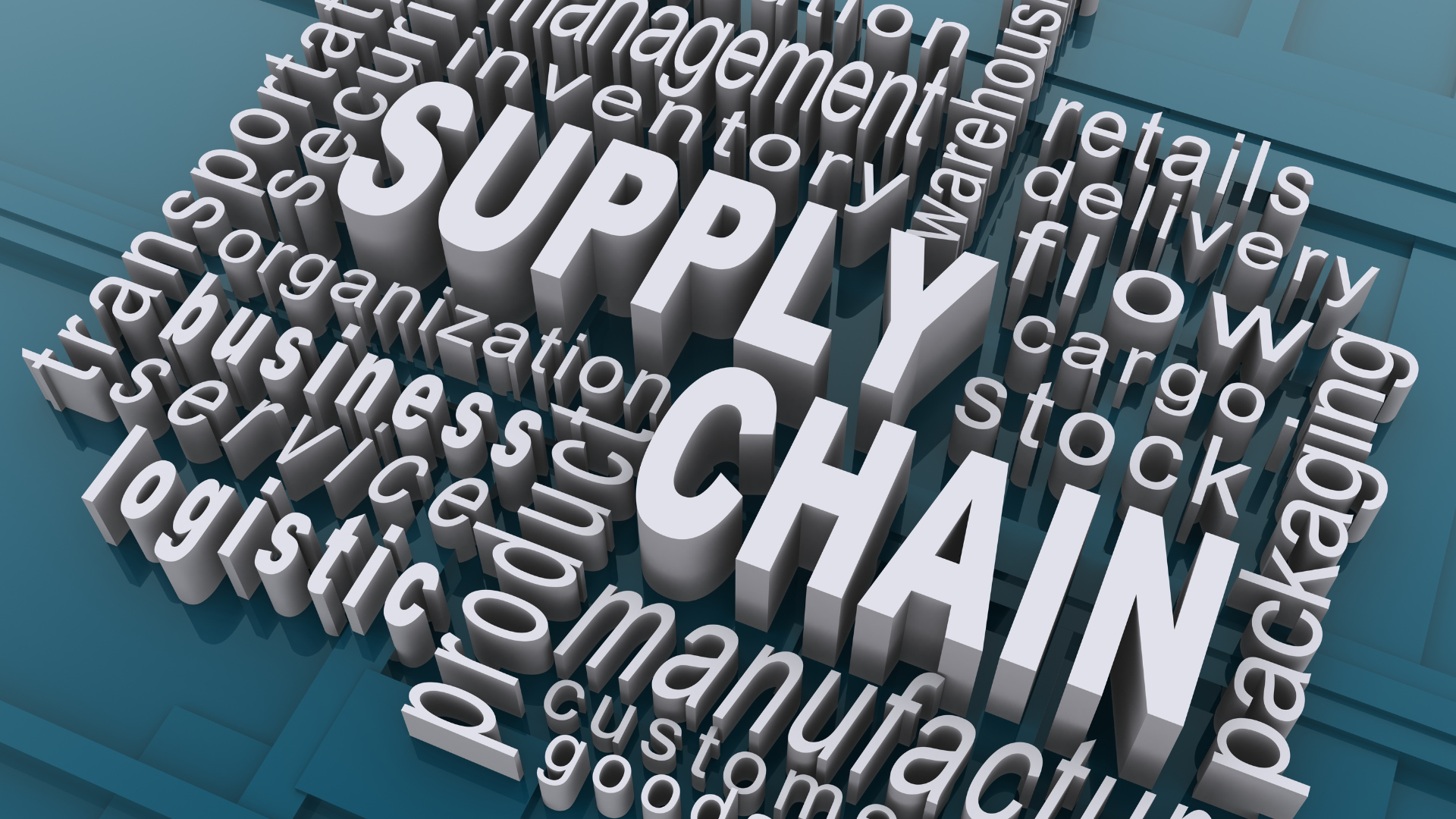All businesses face the common logistical challenge of shipping products from one place to another. Moving your products can be daunting, especially if you’re a business that manufactures products. You need to plan your manufacturing with the logistics in mind. Listed below are the five most common supply chain challenges that all businesses face throughout their lifespan. Embrace these challenges and learn how to best overcome them. They’ll prepare you for the future, once your business grows or when the market shifts.
Managing and Predicting Demand
There are a number of methods that supply chain managers can use to predict demand, but the most common is forecasting. There are a few different types of forecasting that supply chain managers can use. Basic forecasting is simply predicting how much product or service will be demanded in the future based on past data.
More sophisticated forecasting techniques allow for predictions of specific customer needs, product features, or market trends. In order to make accurate predictions, supply chain managers need to have accurate information about both current and future demand. They can collect this information by using surveys, market research, or customer tracking data. These predictions can also be done by analyzing historical data, market trends, and other relevant data generated by demand planner software. Such software can also provide real-time visibility into demand patterns, allowing businesses to proactively adjust their operations to meet fluctuating customer needs. This can help warehouse managers to make informed decisions about inventory management, resource allocation, and order fulfillment. Once they have the required data, they can use it to create forecasts for individual products or entire markets.
Meeting Complex Quality and Safety Standards
There are a number of factors that can contribute to poor quality or safety in a supply chain, including incorrect or inadequate procedures, lack of equipment, and insufficient oversight. To address these challenges, businesses need to have a clear understanding of what quality and safety standards they need to meet as well as adopt technology and machines that could improve the precision of the tasks while reducing any mistakes in the process. For instance, a warehouse can employ a packaging machine that could pack the consignments in cardboard boxes, tie them up, and place them on the pallets. As for moving and loading the consignment in the trucks, conveyor belts and forklifts could be used. These machines could be bought from companies like Cyrus Equipment or similar other suppliers to be used to improve supply chain operations.
Often, logistics and supply chain standards are set by government agencies or industry groups. In some cases, companies may also have their own quality and safety standards in place. To ensure that a supply chain meets the required standards, businesses need to have effective processes in place. These processes should include policies and procedures for identifying and correcting mistakes, training employees on how to meet standards, and monitoring the quality and safety of products throughout the supply chain.
It also encompasses following cleanliness and hygiene guidelines and wearing disposable gloves and hairnets, especially in the food manufacturing industry. In such business sectors, during packaging and transportation, the staff is provided with disposable gloves (similar to the ones available on unigloves.co.uk or other safety supply websites) to ensure all protocols are followed throughout the process. These measures can help to maintain the quality of products till it reaches customers through an effective and efficient supply chain.
Often, it is also necessary to establish partnerships with other organizations in order to ensure that all components of the supply chain are working together harmoniously. By working together, businesses can ensure that products reach consumers in a safe and satisfactory manner.
Responding to Disruptions and Changes in the Market
Changes in the market can disrupt supply chains and cause a variety of problems for businesses. Here are some of the most common supply chain disruptions and how to respond
- Shortages: Sometimes, sudden changes in demand can catch suppliers off guard, resulting in shortages and increased prices. To tackle this, many businesses are turning to modern tools like ePOD software. This tech provides real-time tracking and monitoring, helping companies maintain a flexible and responsive supply chain.
- Stock-outs: When a supplier cannot find enough of a particular product to meet demand, they may run out of stock and have to charge higher prices. To avoid this, businesses should keep an eye on supplier inventories and make sure that they have enough stock to meet projected demand.
- Un Planned Shifts in Production: When a business expands or contracts its production, it may require new supplies or changes to existing supplies from suppliers. If suppliers are not prepared for these changes, they may experience delays in shipping products or shortages of specific materials necessary for production.
- Losing Credibility: When a business loses trust in its suppliers, it can prevent them from providing necessary goods or services. This can lead to shortages, poor-quality products, and lost revenue. To maintain credibility with your suppliers, communicate regularly and ensure that all requests are handled promptly and accurately.
Protected and Secure Supply Chains
As the global economy continues to grow, businesses are struggling to find ways to improve their supply chains. With so much at stake, it’s important for companies to find ways to protect their assets and keep their products safe from counterfeiting and other malicious attempts. Here are some of the biggest supply chain security challenges facing businesses today:
- Protecting Intellectual Property: As businesses continue to invest in new technologies and enter new markets, they need to make sure they are not infringing on the intellectual property of others. This can be difficult, as many companies rely on intellectual property rights to protect their profits
- Ensuring Safe and Secure Supply Chains: A secure and safe supply chain is essential for businesses of all sizes. If something goes wrong with a product in transit, it can have serious consequences for a company’s reputation and bottom line.
- Preventing Piracy and Counterfeiting: Piracy and counterfeiting are major threats to the global economy, costing companies billions of dollars each year. By ensuring that products are not easily accessible online or through unauthorized channels, businesses can reduce these risks significantly.
Operating in a Rapidly Changing Environment
Technology is constantly evolving, and businesses must keep up with new trends in order to remain competitive. Consumers are also changing their behavior rapidly, which can impact the way a business operates. For example, consumers now rely more on mobile devices to obtain information and make purchases. This means that businesses must develop mobile-friendly websites and apps, as well as ensure that their supply chains are able to meet customer demand quickly and efficiently.
As a business, it is essential that you are able to understand and mitigate the five biggest supply chain challenges. By doing so, you can ensure that your products reach their destination safely and on time, while also minimizing the risk of fraud or other issues. In addition to understanding these challenges, it is also important to have a solid plan in place to address them should they arise. If you’re able to successfully identify and solve these problems, your business will be well on its way to success.




